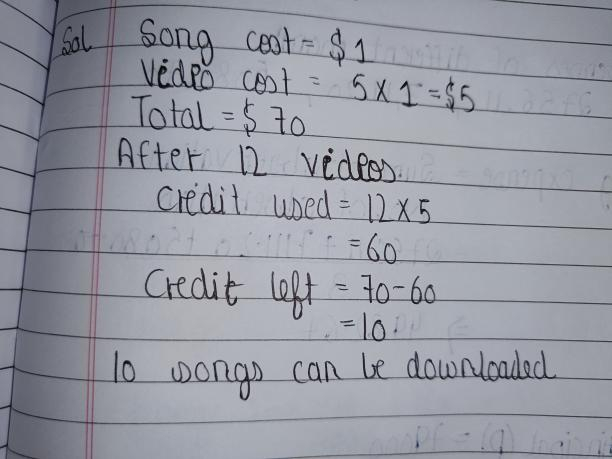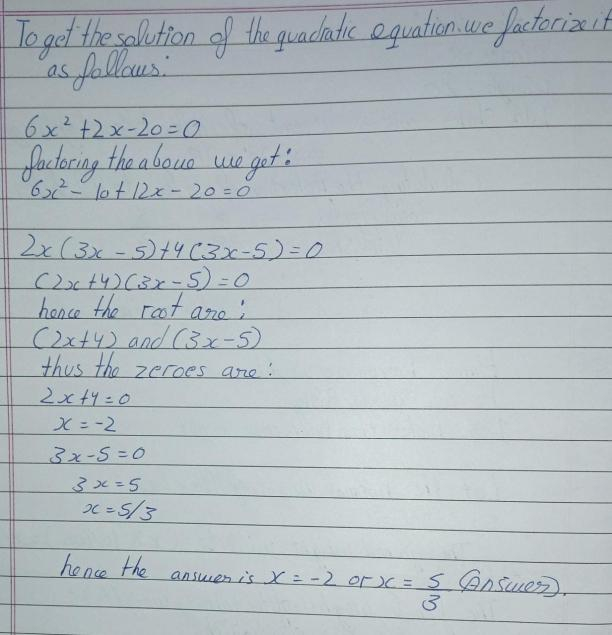Objective definitions:
1. Objective: Based on facts and unbiased; not influenced by personal feelings or opinions.
2. Summary: Briefly capturing the main points, events, or ideas of a piece of literature or work.
3. Subjective: Influenced by personal feelings, opinions, or interpretations.
1. The story I chose to work with is "The Giving Tree" by Shel Silverstein.
2. Objective parts: "Seventh Grade" Objective parts: "The Giving Tree"
Characters: Victor, Michael, Teresa Characters: The boy, The tree
Setting: Seventh grade Spanish class Setting: A park, a house
Plot: Victor trying to impress Teresa Plot: The boy grows up, and the tree gives him what he needs at different stages of life.
3. Objective summary of "Seventh Grade": In "Seventh Grade," Victor is a young boy who is infatuated with a girl named Teresa in his Spanish class. He tries to impress her by speaking Spanish and writing her a love poem. However, his lack of knowledge and experience leads to embarrassing moments in his attempts to get her attention.
Objective summary of "The Giving Tree": "The Giving Tree" is a story about a boy who grows up while an apple tree remains in his life. The tree selflessly gives the boy what he needs, including apples to eat, branches to build a house, and its trunk to build a boat. As the boy ages, he returns to the tree to seek comfort and support.
4. Subjective parts: "Seventh Grade" Subjective parts: "The Giving Tree"
Character motivation: Victor's motivation to impress Teresa is driven by his desire for her admiration and attention. Character motivation: The boy's motivations evolve throughout the story, from his initial joy in playing with the tree to his increasing selfishness and finally finding solace in the tree's companionship.
Other implicit details: The story highlights the insecurities and vulnerability of adolescence, as well as the awkwardness that comes with trying new things. The implicit detail of selflessness and the idea of unconditional love and sacrifice are prevalent in the story.
Themes: The themes explored in "Seventh Grade" include the challenges of adolescence, the importance of being true to oneself, and the fear of judgment from others. Themes: "The Giving Tree" delves into themes of selflessness, love, and sacrifice.
5. Subjective summary of "Seventh Grade": In "Seventh Grade," Victor's pursuit of Teresa's attention reveals the universal theme of the challenges faced during adolescence. The story explores the themes of self-discovery, authenticity, and the fear of judgment from others. It portrays the awkwardness and vulnerability that every young person experiences while navigating through this period of their lives.
Subjective summary of "The Giving Tree": "The Giving Tree" presents a powerful theme of selflessness and the unconditional nature of love. The story highlights the boy's evolving motivations, from a carefree child enjoying the tree's offerings to a self-centered individual who takes advantage of the tree's resources. It serves as a reminder to appreciate the love and sacrifices of others while reflecting on the meaningful connections and relationships we build throughout our lives.
6. Comparison of themes: The theme of selflessness is present in both "Seventh Grade" and "The Giving Tree." In "Seventh Grade," it is indirectly explored through Victor's initially misguided attempts to impress Teresa. As he matures, he begins to understand the importance of authenticity and genuine connections. Similarly, in "The Giving Tree," the theme of selflessness is illustrated by the tree's unwavering love and sacrifices for the boy, emphasizing the significance of giving without expecting anything in return.
Both stories depict the significance of selflessness and highlight the value of genuine relationships. While "Seventh Grade" focuses more on personal growth and the challenges faced during adolescence, "The Giving Tree" presents a broader perspective on love, sacrifice, and the lifelong impact of selfless acts.
 1
1 



